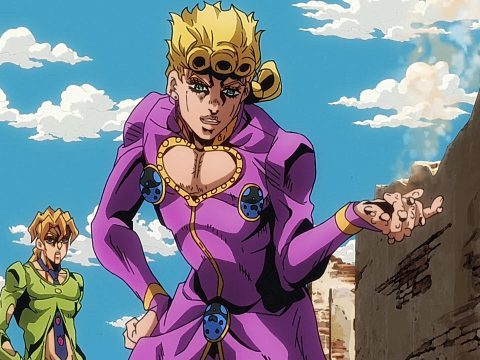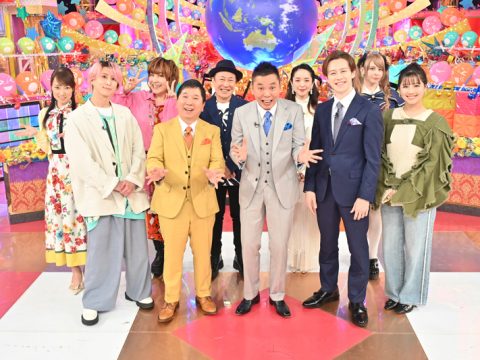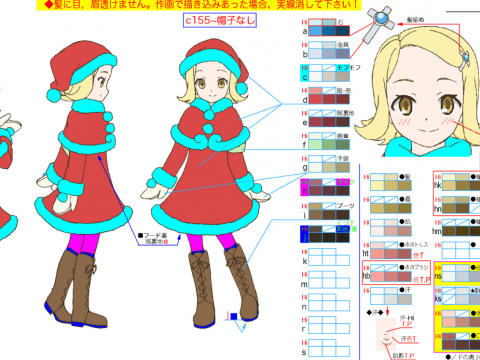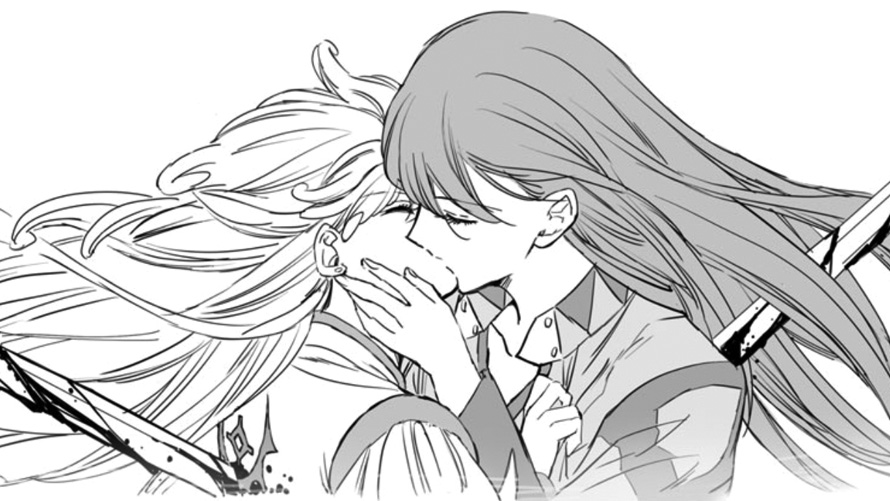
Terumi Nishii is an animation director and character designer who has had a long career working on such hits as One Piece, Pokémon, and JoJo’s Bizarre Adventure: Diamond Is Unbreakable. In April 2019, Terumi made headlines when she tweeted in English about difficult working conditions within the anime industry, flat out telling her audience of mostly foreigners, “No matter how much you like anime, it is not advisable to come to Japan and participate in anime work. Because the animation industry is usually overworked”.
In Part 1 of our interview with Terumi, we zero in some of the biggest problems facing animators today with some possible solutions and rays of hope to be revealed in Part 2, printed in the December 2019 issue currently on newsstands.
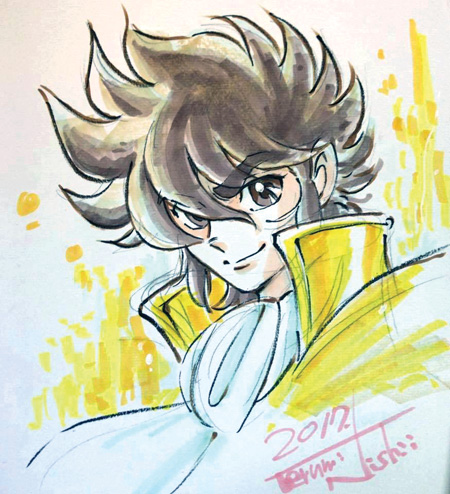 What made you want to work in the anime industry?
What made you want to work in the anime industry?
Actually, I originally wanted to be a manga artist. I was working with someone from the Shonen Jump editorial team to get my work published, but then I saw Evangelion and I decided I wanted to make anime instead. It just looked cooler.
What were the conditions like when you first entered the industry?
It was really fun. It was the best time in my career and in my life. I was in sort of a training program/test period in an anime studio called Cockpit. I could do the thing I loved and get some money for it. It wasn’t enough to live on—I was only getting paid 2800 yen a month (about US$25.00)—but I was only doing tracing of other people’s drawing. A few months later I was offered a job there for around 50000 yen a month (about US$450) doing phone operator work, sales, and some project managing.
How did your career develop from there?
I worked under Kagawa Hisashi, the animation director of Sailor Moon, for a while. Then I worked under the My Hero Academia character designer and animation director Yoshihiko Umakoshi for 10 years. Next, I worked for director Kunihiko Ikuhara on Penguindrum (2011) and that’s when I started working more independently and getting bigger projects. Recently, I worked on the Netflix version of Saint Seiya, but it’s probably been JoJo’s Bizarre Adventure that has gotten me the most international attention.
What made you want to speak out recently about the negative side of the anime industry?
Around 2014, I was working on the Mushishi TV anime, but it was taken off the air because they didn’t meet the production schedule and had to take a whole season off to catch up. I felt really bad about that. Then I started looking around the industry and saw that things like that were happening more and more. Shows were not able to meet their deadlines. And that’s when I started to realize there was a problem.
JoJo’s began having similar issues as well, and around 2015-2016, and it just felt like there weren’t enough people who could do the work sufficiently. The industry was getting into a situation where no one could even make storyboards correctly and the big studios could no longer find outside vendors who could do the work.
What do you think are the root causes of these staffing problems?
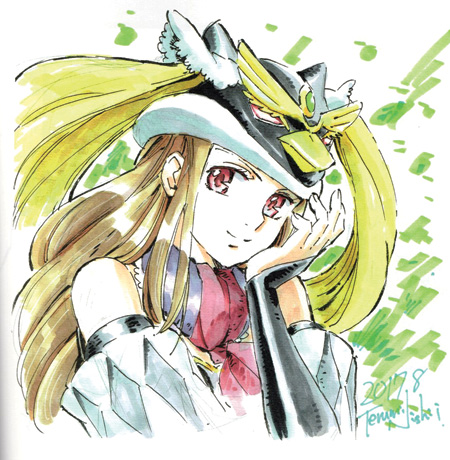 There’s a situation now where there are more and more anime shows than there used to be, and you are not allowed to reduce the quality, so there’s a lot of overwork. There didn’t used to be so much outsourcing in the industry before, but now there is lots of it. And that has increased the number of people who have to work on each project. In the past, it might take two months to complete a job, but these days you have double the number of people working to try and complete a project in one month.
There’s a situation now where there are more and more anime shows than there used to be, and you are not allowed to reduce the quality, so there’s a lot of overwork. There didn’t used to be so much outsourcing in the industry before, but now there is lots of it. And that has increased the number of people who have to work on each project. In the past, it might take two months to complete a job, but these days you have double the number of people working to try and complete a project in one month.
So if you have a series that goes from a 12-episode season, to 24 episodes, and 36 episodes, and keeps continuing then it expands the number of people who are working on the project. It requires more management and just makes everything more complicated.
Instead of an anime project being made in one studio, it is outsourced to 10 different studios and everyone is working on multiple projects at the same time. And if you have to keep the quality high, while trying to shrink the timeline down to complete projects, then that just makes the job tougher and tougher. The project managers really can’t sleep. They are working hard 24/7.
You tweeted that “with the increase of the number of works in recent years, some people have broken mind and body.” Do you have more specific examples?
Two of my sempai died in their 40s and I definitely think it was because of overwork. A lot of people have had aneurysms or heart attacks because of overwork. Lots of people working on projects have to be stopped because of doctor’s orders telling them they need to rest. I know someone who was working as a project line manager who had an issue with a blood clot in his leg and couldn’t walk and had to take time off. There are cases where people die, and those often make the news, but there are a lot of cases that you don’t hear about where people are overworked and have to take a break for medical reasons.
Terumi Nishii Links
Twitter (English): www.twitter.com/nishiiterumi1
Patreon: www.patreon.com/NISHII_Terumi
You can read Part 2 of this interview in the December 2019 issue, which is on newsstands now through November 5th, and available online here. You can also get a print copy of Part 1 in the October 2019 issue.


